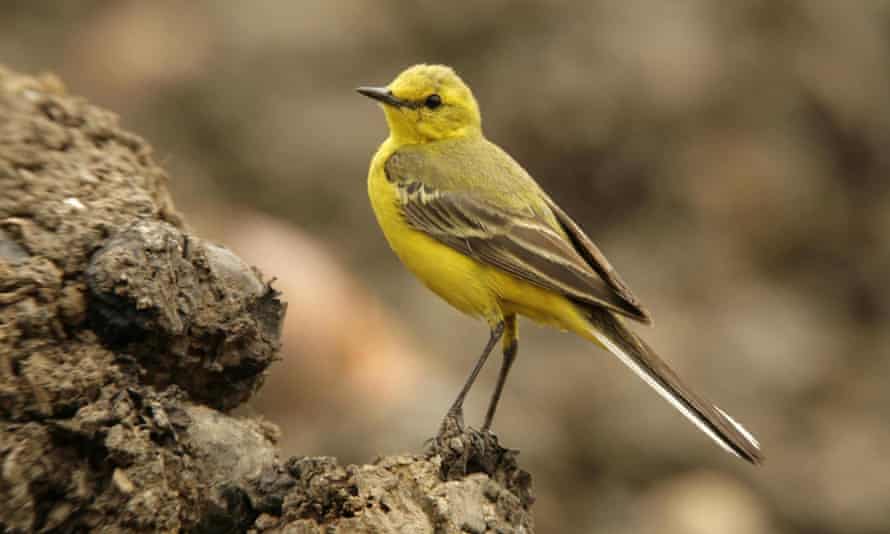Birdwatch: yellow wagtail – from Somerset to the savannah
These sleek and slender birds have lost their bright spring plumage and will soon leave for sunnier climes

In spring, yellow wagtails (Motacilla flava) are so bright they look like flying lemons – or, as a birding buddy of mine memorably described them, “like an effing canary”.
But now, at the start of autumn, the juvenile bird I’m watching is far less conspicuous. Olive-brown above, buffish-yellow below, he almost blends in with the muddy earth, churned up by the cattle among which it feeds.
I’m down at the coast, on the Brue estuary in Somerset. Here, a couple of yellow wagtails are accompanied by a score of their pied cousins, whose plumage is less canary-yellow, more a dozen shades of grey.
As I approach for a closer view, they flit away from me, the pied uttering their familiar “chis-ick” note, the yellow calling at a higher pitch, the sound cutting sharply through the morning air.
These birds are close relatives, happily feeding side-by-side. Yet over the next few weeks, their fortunes will take two very different paths. The pied wagtails stay put here in Britain, spending the autumn and winter gleaning tiny insects from the cracks in the pavements of our villages, towns and cities. But their yellow cousins will head south, flying all the way to the African savannah, where I’ve watched them searching for food between the feet of elephants and giraffes.
Two sleek and slender birds, from the same family – yet their lifestyles could hardly be more different.